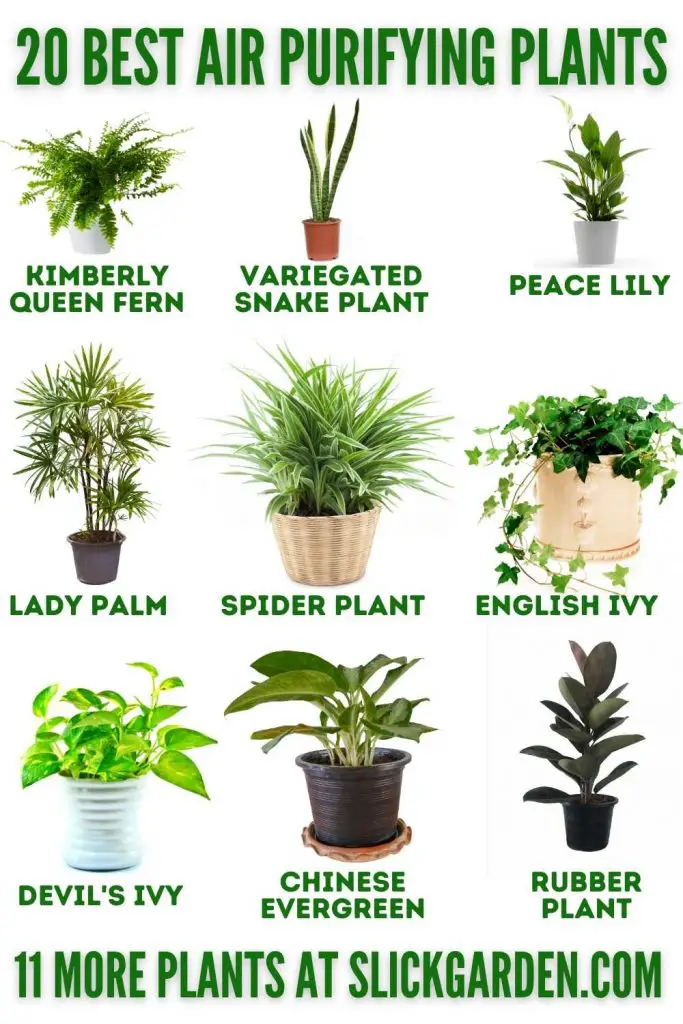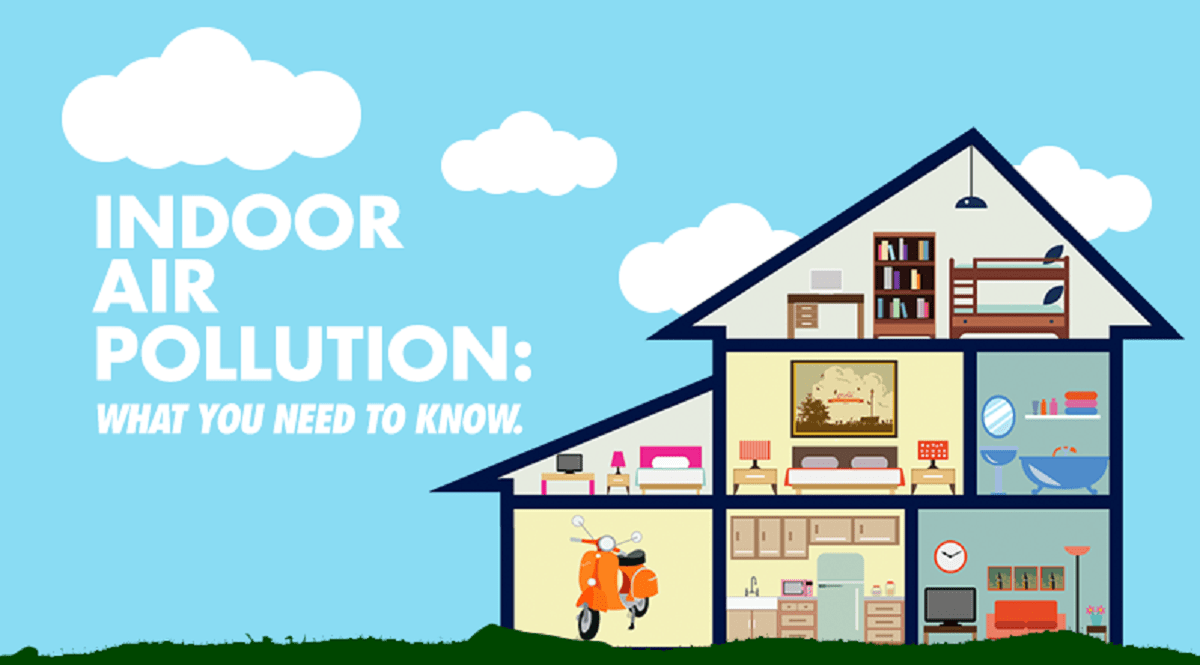Improve Air: Top Indoor Gardening Tips for Better Air Quality

In the bustling world we live in, our homes have become sanctuaries where we seek refuge from the chaos outside. But did you know that the air inside our homes can be up to five times more polluted than the air outdoors? This is where indoor gardening comes to the rescue. Imagine transforming your home into a lush, green oasis that not only looks beautiful but also acts as a natural air filter. Let's dive into the top indoor gardening tips to improve your home's air quality and create a healthier, more vibrant living space.
The Magic of Air Purifying Plants
Indoor plants are not just aesthetically pleasing; they are natural air purifiers. According to a study by NASA, certain plants can remove up to 87% of air toxins in just 24 hours. These green warriors absorb harmful compounds like formaldehyde, benzene, and trichloroethylene, making your indoor air cleaner and safer.
Top Air Purifying Plants
Snake Plant (Sansevieria)
- Why It's Great: Known for its ability to convert carbon dioxide into oxygen at night, the Snake Plant is a low-maintenance powerhouse.
- Care Tips: Thrives in low light and needs watering only once every 2-3 weeks.
Spider Plant (Chlorophytum comosum)
- Why It's Great: Removes formaldehyde and xylene from the air.
- Care Tips: Loves bright, indirect light and moderate watering.
Peace Lily (Spathiphyllum)
- Why It's Great: Absorbs ammonia, benzene, and formaldehyde.
- Care Tips: Prefers low light and needs watering when the soil is dry.
Boston Fern (Nephrolepis exaltata)
- Why It's Great: Filters out formaldehyde and xylene.
- Care Tips: Loves humidity and indirect light; water regularly.
Aloe Vera
- Why It's Great: Removes formaldehyde and benzene.
- Care Tips: Thrives in bright light and needs watering every 2-3 weeks.
Optimizing Plant Care for Better Air Quality
While choosing the right plants is crucial, proper plant care is equally important. Here are some tips to ensure your plants thrive and continue to purify your indoor air.
Light and Water: The Essentials
- Light: Different plants have different light requirements. Make sure to place your plants in areas where they get the right amount of light.
- Water: Overwatering is a common mistake. Most plants prefer well-drained soil. Water your plants when the top inch of soil is dry.
Soil and Fertilizer: The Foundation
- Soil: Use a well-draining potting mix to prevent root rot.
- Fertilizer: A balanced, slow-release fertilizer can help your plants grow healthier and stronger.
Humidity and Temperature: The Comfort Zone
- Humidity: Some plants, like the Boston Fern, love humidity. You can increase humidity by placing a tray of water near the plant or using a humidifier.
- Temperature: Most indoor plants prefer temperatures between 65-75°F (18-24°C).
Creating a Green Oasis: Design Tips
Transforming your home into a green oasis is not just about planting; it's about design. Here are some tips to make your indoor garden both functional and beautiful.
Strategic Placement
- Living Room: Place large plants like the Snake Plant or Peace Lily in corners to create a focal point.
- Bedroom: Smaller plants like the Spider Plant can be placed on bedside tables for a touch of greenery.
- Kitchen: Herbs like basil and mint can be grown on windowsills, adding a fresh touch to your cooking.
Vertical Gardening
- Wall Planters: Use wall planters to save space and create a stunning green wall.
- Hanging Plants: Hanging plants like the Spider Plant can add a touch of elegance to any room.
Mix and Match
- Variety: Mix different types of plants to create a lush, vibrant look.
- Texture: Combine plants with different textures and shapes to add depth to your indoor garden.
The Science Behind Indoor Gardening
Indoor gardening is not just a trend; it's backed by science. Plants absorb carbon dioxide and release oxygen through photosynthesis. Additionally, they absorb harmful compounds through their leaves and roots, breaking them down into harmless substances. This process is known as phytoremediation.

Additional Resources
For more detailed information on indoor gardening and air purifying plants, check out these authoritative resources:
- NASA Clean Air Study
- EPA Indoor Air Quality Guide
- Plant Care Tips from the Royal Horticultural Society
Conclusion
Transforming your home into a green oasis is not just about aesthetics; it's about creating a healthier, more vibrant living space. By choosing the right air purifying plants and providing them with the care they need, you can significantly improve your indoor air quality. So, why wait? Start your indoor gardening journey today and breathe easier tomorrow.
FAQs
What are the best air purifying plants for low light conditions?
- Snake Plant, Peace Lily, and Spider Plant are excellent choices for low light conditions.
How often should I water my indoor plants?
- Watering frequency depends on the plant type, but a general rule is to water when the top inch of soil is dry.
Can indoor plants really improve air quality?
- Yes, numerous studies, including the NASA Clean Air Study, have shown that certain plants can remove harmful compounds from the air.
What are some common mistakes in indoor gardening?
- Overwatering, insufficient light, and neglecting plant care are common mistakes that can harm your plants.
How can I create a vertical garden in my home?
- Use wall planters, hanging plants, and shelves to create a vertical garden that saves space and adds a touch of greenery to your walls.

Start your indoor gardening journey today and transform your home into a healthier, more vibrant living space. Happy gardening!
0 Response to "Improve Air: Top Indoor Gardening Tips for Better Air Quality"
Post a Comment